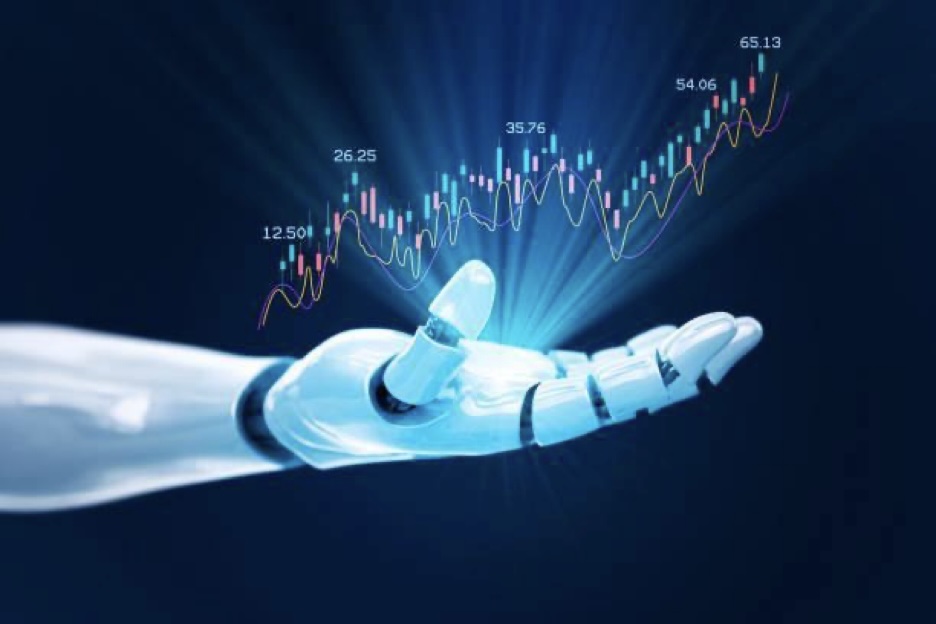
When you trade CFDs, do you ever wonder how much technology could enhance your strategies? AI is increasingly becoming a tool that you can use to shape your market approach, and it might be more influential than you expect.
With the online trading market expected to hit around $12 billion by 2028, it is clear that AI is becoming a cornerstone of modern trading. But like any powerful tool, AI has its benefits and drawbacks. So, what is the real impact of AI on CFD trading?
GMZ Global experts discuss the upsides and downsides of integrating artificial intelligence tools in CFD trading and how it can elevate your market journey.
The Bright Side of AI in CFD Trading
-
Less Research Time:
First and foremost, research that used to take hours can now be done in a fraction of the time, thanks to AI. AI algorithms work like a supercharged data processor, processing vast amounts of financial data – from market trends to economic indicators to the latest news. No more sifting through charts and reports, AI does the heavy lifting so you can focus on strategy.
-
Improved Risk Management:
AI makes managing risks easier by spotting potential problems before they happen. It can automatically adjust your strategies, like setting up stop-loss orders, to protect your investments. With AI, you get more accurate predictions and can better prepare for unexpected market changes, helping you avoid big losses and make smarter decisions.
-
No Emotional Trading:
Trading often becomes an emotional journey, with fear, greed, and anxiety getting in the way of decisions. AI removes these emotional influences as it operates purely on pre-set algorithms and rules. This means more consistent and rational trading strategies, not affected by market volatility or personal emotions.
-
Better Data Analysis:
With an overwhelming amount of data related to markets and price movements, AI’s ability to process and analyze it all is a big deal. AI can spot trends and patterns that even experienced traders miss, whether in historical price movements or current market sentiment on social media. This ability to fetch insights from complex data is like having an expert analyst by your side.
-
Continuous Trading:
Unlike humans, AI does not need breaks. AI-powered trading systems run 24/7, monitoring global markets at all hours. So, no trading opportunities are missed due to time zone differences or the need for sleep. For CFD traders dealing with international markets, this continuous system is a big advantage.
The Downsides of AI in CFD Trading
While AI has many benefits, it is not without its flaws. One major concern is over-reliance on historical data. AI is great at predicting future trends based on past events but markets can be unpredictable. Relying too much on historical data means you might miss new or unexpected market shifts.
Another drawback is the lack of human judgment. While AI is good at processing data, it has no intuition and context that human traders bring to the table. There are times when human experience is crucial, and AI’s limitations in these areas remind us to maintain a human element in trading decisions.
Wrapping Up
AI is changing CFD trading in ways we never thought were possible. But remember, AI is not without its limitations. Relying too much on past data and lack of human judgment are factors that traders need to be wary of.
Note that GMZ Global is a reputable broker that recognizes the importance of balancing technology with human expertise. That is why they offer over 400 CFD trading assets in a safe environment where technology meets human oversight.
Whether you are an experienced trader or just starting out, knowing how to effectively leverage AI in trading can help you maximize your potential.
Interesting Related Article: “What is CFD Trading?“
